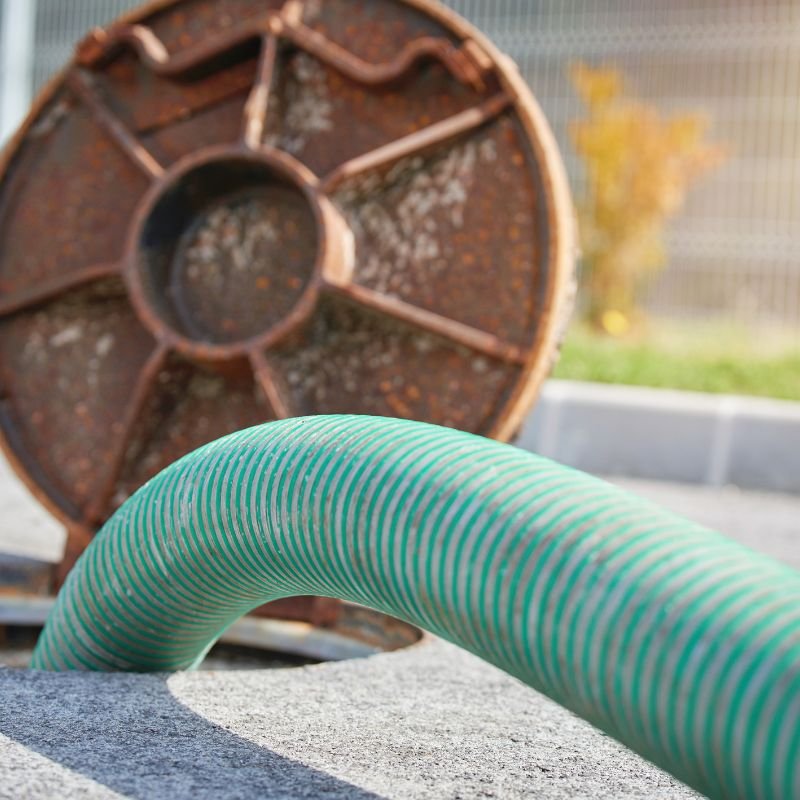Understanding Cesspits: A Comprehensive Guide to Cesspools
In the realm of wastewater management, cesspits, also known as cesspools, serve as a fundamental but often overlooked solution. These underground repositories are designed to hold sewage temporarily, providing a simple yet effective method of waste disposal for properties not connected to a sewer system. In this guide, we'll delve into the workings of cesspits, their benefits, and considerations for property owners.
Understanding Cesspits: A Comprehensive Guide to Cesspools
What is a Cesspit?
A cesspit is a sealed underground tank or pit designed to collect and store sewage and wastewater from residential or commercial properties. Unlike septic tanks, which treat and partially dispose of sewage, cesspits retain the waste indefinitely until it can be emptied and transported to a treatment facility. Cesspits are typically constructed of concrete, fibreglass, or plastic and are equipped with access points for inspection and pumping.
Benefits of Cesspits:
Versatility: Cesspits can be installed in various locations, making them suitable for properties in remote or environmentally sensitive areas where traditional sewage systems are impractical.
Low Maintenance: Cesspits require minimal maintenance compared to septic tanks, as they do not involve complex treatment processes. Regular inspections and periodic emptying are typically the extent of maintenance tasks.
Space Efficiency: Cesspits occupy less space than traditional septic systems, making them ideal for properties with limited land area or where excavation is challenging.
Considerations for Property Owners:
Siting and Installation: Proper siting and installation are critical for the effective operation of a cesspit. Factors such as soil type, groundwater levels, and proximity to water sources must be considered to prevent contamination and environmental harm.
Capacity Planning: Cesspits must be sized appropriately to accommodate the expected volume of wastewater generated by the property. Oversized cesspits may incur unnecessary costs, while undersized ones risk overflow and system failure.
Regulatory Compliance: Property owners must adhere to local regulations and obtain necessary permits before installing a cesspit. Compliance with setback requirements, environmental standards, and safety regulations is essential to avoid legal issues and penalties.
Cesspit Maintenance:
Regular Inspections: Periodic inspections of the cesspit and associated components are essential for detecting signs of damage, leaks, or overflows. Visual inspections and monitoring of effluent levels can help identify potential issues early.
Scheduled Pumping: Cesspits require periodic pumping to remove accumulated solids and prevent overflow. The frequency of pumping depends on factors such as tank size, household size, and usage habits. Property owners should establish a pumping schedule based on professional recommendations and local regulations.
Cesspits play a crucial role in wastewater management for properties without access to traditional sewer systems. While simple in design and operation, they require careful planning, installation, and maintenance to ensure effective performance and regulatory compliance. By understanding the fundamentals of cesspits and implementing proper management practices, property owners can enjoy reliable and efficient wastewater disposal while minimising environmental impact.
Contact Off Main Solutions here for a free quote and friendly advice for any project or job.

